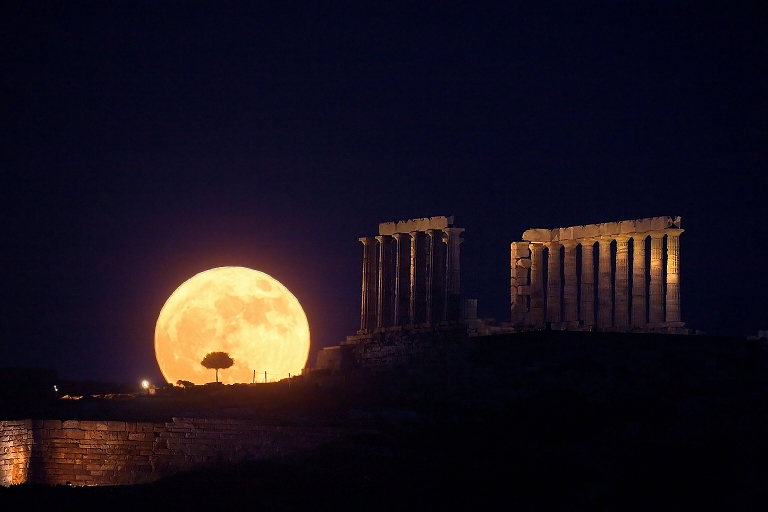Tonight at 1:04 a.m. EDT, 10:04 p.m. PDT, the earth’s orbit will carry it to that point in space where the sun’s apparent path will once again stand still momentarily before it reverses course and begins to head back south. What? How can the sun stand still? Well, it won’t, really, but the origin of the word solstice is the Latin word for “sun,” sol, and “to stand still,” sistere. And that’s what the sun appears to do at this time of year: it rises and sets in almost exactly the same spot, rather than progressing relatively smoothly from south to north as it had been doing earlier this month.
From today on, the sun will start to rise a bit later every day, and set a bit earlier. So of course, this (and the couple of days before and after it, for all practical intents and purposes) is the shortest night of the year.
So, calendrically and astronomically speaking, spring is over, and summer is here. Climatologically speaking, here in south Florida, summer has held sway since early May this year, with the early return of the rains. The heat, though, waited until about last week to really ratchet up to summerlike intensity—just in time for basketball’s Miami Heat to attempt to finish their championship run.
By the way, because the earth’s rotation is slowing down (albeit extremely gradually), the length of both day and night is almost imperceptibly increasing. 400 million years ago, days were only about 21 hours long. In another 400 million years, they should be around 27 hours long. What will you do with all that extra time?
The moon, by the way, will be about 90% full, so we won’t get a gorgeous shot like this one from APOD:


